Baked pasta with Brussels sprouts
This recipe is perfect for those situations where the fridge has very little to offer but you really want to make something delicious. To make it, in fact, you need just one or two ingredients! A carton of Brussels sprouts, some pasta (the type you have in your store cupboard will be fine), some hard cheese to grate or finely chop, and some béchamel sauce. And that's not the only thing that's good about this recipe, because not only are there only a few simple ingredients, but it's also very quick and easy to make. In short, a delicious, fast recipe, dedicated to vegetable lovers - and others too!
Ingredients
-
butter
-
salt

Send the recipe
Preparation
Boil the Brussels sprouts in salted water. When they are cooked, remove them from the water with a slotted spoon and set aside. Cook the Brussels sprouts in the same water. While the pasta is cooking, cut the sprouts into two or four parts, depending on their size. Make the béchamel sauce. Butter a baking dish. Drain the pasta and mix with all the Brussels sprouts, three-quarters of the béchamel and a generous dose of grated parmesan. Pour everything into the oven dish, then level everything out well with a wooden spoon. Cover with the remaining béchamel sauce and grated parmesan. Bake at 200°C for 30 minutes. Serve hot!
Step by step
|
View the step by step
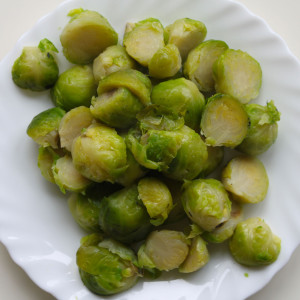
|
Boil the Brussels sprouts and cut them in half
|
|
View the step by step
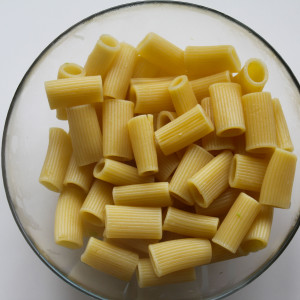
|
Cook the pasta until just al dente
|
|
View the step by step
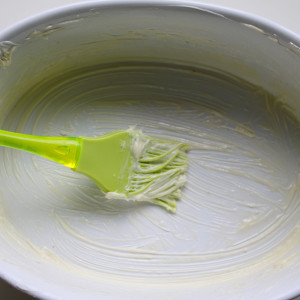
|
Butter and oven dish
|
|
View the step by step
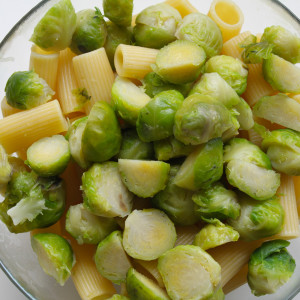
|
Mix the pasta with the Brussels sprouts
|
|
View the step by step

|
Add the béchamel sauce
|
|
View the step by step
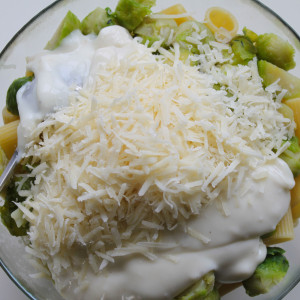
|
Add the cheese
|
|
View the step by step
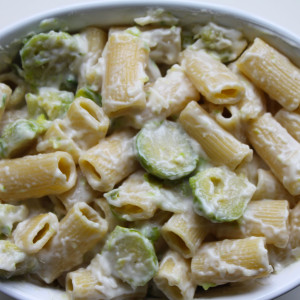
|
Pour everything into the oven dish
|
|
View the step by step
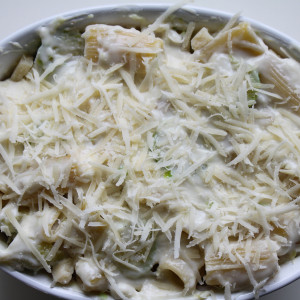
|
Finish with a layer of béchamel and parmesan
|
|
View the step by step
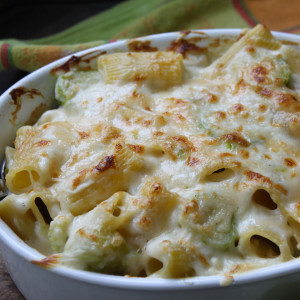
|
Bake in the oven for 30 minutes at 200°C
|




